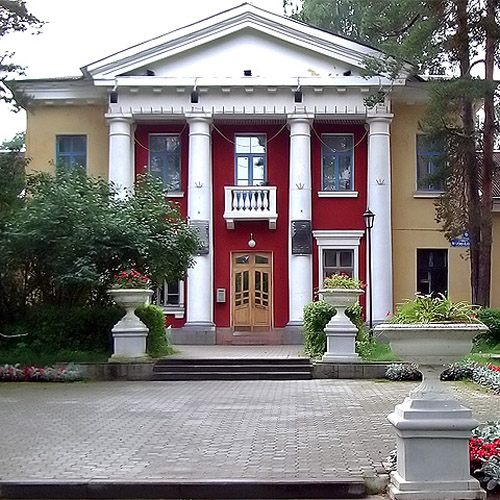Moscovium
115
Mc
Grupa
15
Okres
7
Blok
p
Protony
Elektrony
Neutrony
115
115
173
Ogólne właściwości
Liczba atomowa
115
Masa atomowa
[288]
Liczba masowa
288
Kategoria
Metale bloku p
Kolor
Nie dotyczy
Radioaktywny
Tak
Named after Moscow Oblast where Dubna is located
Układ krystalograficzny
Nie dotyczy
Historia
Moscovium was identified in 2004 by a team composed of Russian scientists at the Joint Institute for Nuclear Research in Dubna, and American scientists at the Lawrence Livermore National Laboratory.
The team reported that they bombarded americium-243 with calcium-48 ions to produce four atoms of moscovium.
These atoms decayed by emission of alpha-particles to nihonium in approximately 100 milliseconds.
The team reported that they bombarded americium-243 with calcium-48 ions to produce four atoms of moscovium.
These atoms decayed by emission of alpha-particles to nihonium in approximately 100 milliseconds.
Elektrony na poszczególnych powłokach
2, 8, 18, 32, 32, 18, 5
Konfiguracja elektronowa
[Rn] 5f14 6d10 7s2 7p3
Moscovium is historically known as eka-bismuth
Właściwości fizyczne
Stan skupienia
Ciało stałe
Gęstość
- g/cm3
Temperatura topnienia
-
Temperatura wrzenia
-
Ciepło topnienia
Nie dotyczy kJ/mol
Ciepło parowania
Nie dotyczy kJ/mol
Ciepło właściwe
- J/g·K
Ilość w skorupie Ziemi
Nie dotyczy
Ilość we Wszechświecie
Nie dotyczy

Opis Obrazu: Wikimedia Commons (Hrustov)
Pierwiastek został odkryty w Zjednoczonym Instytucie Badań Jądrowych w Dubnej, Rosja
Numer CAS
54085-64-2
Numer CID PubChem
Nie dotyczy
Właściwości atomowe
Promień atomowy
-
Promień walencyjny
162 pm
Elektroujemność
-
Energia jonizacji
-
Objętość molowa
-
Przewodność cieplna
-
Stopnie utlenienia
1, 3
Zastosowania
Moscovium is used for scientific research purposes only.
Moscovium is harmful due to its radioactivity
Izotopy
Stabilne izotopy
-Niestabilne izotopy
287Mc, 288Mc, 289Mc, 290Mc, 291Mc